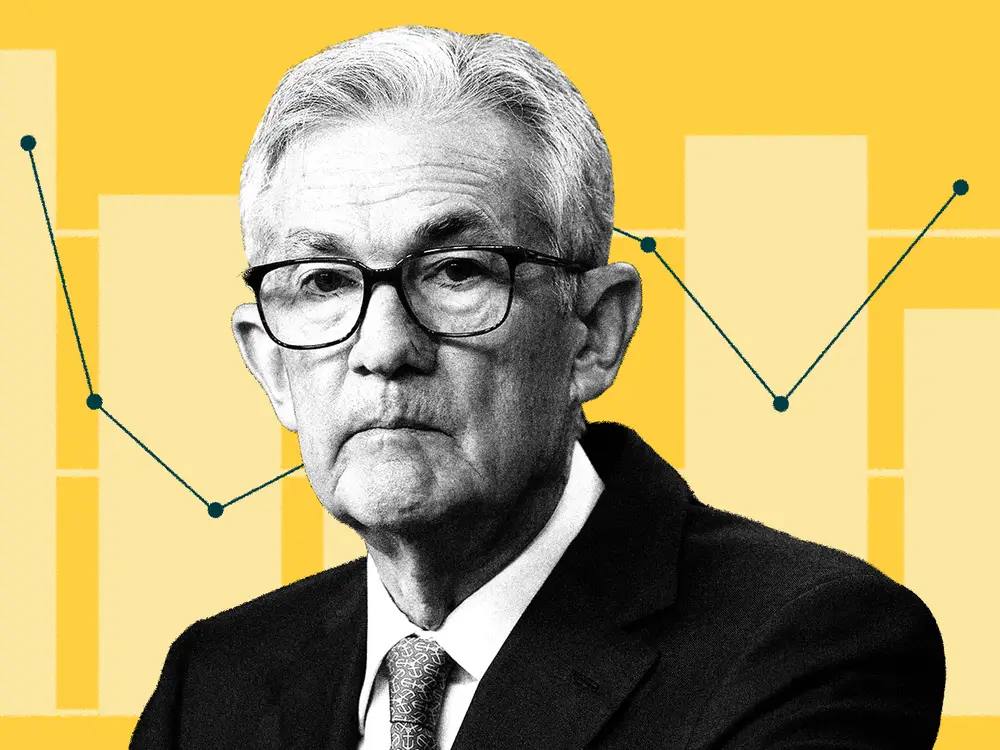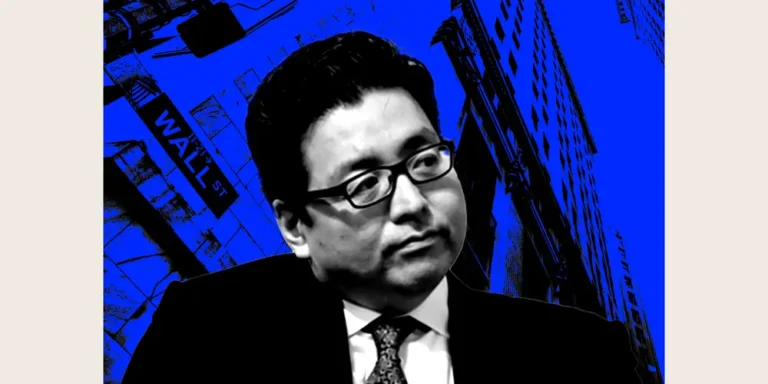6 Wall Street experts share why investors could be overestimating how much the Fed will cut rates after August’s inflation report

Headline inflation fell to 2.5% year-over-year in August, dropping significantly from 2.9% in July to its lowest level in over three years.
Yet the report spooked investors, with the S&P 500 falling 1.4% in the first hour and a half of trading on Wednesday because a secondary inflation measure came in a touch too hot.
Core CPI, which measures price growth outside housing and food due to their volatility, rose 3.2% year-over-year. The print is causing concern that inflation may not be going away, which would mean higher interest rates than markets expect going forward.
According to the CME FedWatch tool, futures markets currently place the highest odds on the Fed cutting rates by 250 basis points by the end of next year, with the first-rate cut set for next week.
But many on Wall Street are warning that August’s core CPI print means these expectations could now be too high. Below, we’ve compiled views from six market experts who say investors should be prepared for a scenario where rates don’t fall a full 2.5% by the end of 2025.
Brian Rose, senior US economist, UBS Global Wealth Management
Rose says UBS Global Wealth Management’s house view is that the Fed will slash rates by 200 basis points by the end of next year.
“In our view, the inflation data has been good enough to allow the Fed to start cutting rates in September, but does not give them a reason to cut aggressively,” Rose said in an email. “Data for retail sales and industrial production in August will be released on 17 September and could potentially influence the Fed’s decision, but would probably have to be much weaker than expected to trigger a 50 bps cut. We maintain our base case of 100 bps of cuts by year-end and another 100 bps in 2025.”
Skyler Weinand, chief investment officer, Regan Capital
Weinand says the market’s current outlook on rate cuts will only take place if the economy deteriorates significantly.
“The market is pricing in four rate cuts this year and nine over the next 12 months. We think that’s aggressive and will only occur if unemployment runs well above 5% or if there is a calamity or black swan event,” he said in an email. “Given that economic data and the economy will oscillate over the next year, we would expect the Fed to hold steady a few times over the next year and only cut a total of 5-6 times, which is far fewer than the market expects.”
Bill Adams, Chief Economist for Comerica Bank
Hitting 4.9% and 5.2% year-over-year in August, respectively, Adams sees services and shelter inflation as too high for the Fed to cut as much as the market expects.
“Market-implied inflation expectations over the next two years are for CPI inflation of just 1.5%, meaning an extended undershoot of the Fed’s target. If inflation does slow that much, the Fed would likely cut rates faster than just a quarter percent per meeting over the next 3-6 months,” Adams said in an email. “However, the stickiness of service price inflation and shelter inflation suggests the Fed will cut rates slower than financial markets currently price in.”
Peter Perkins, global strategy partner at MRB Partners
Perkins is bullish on the US economy’s prospects over the next 12 months, and therefore sees fewer rate cuts.
“Market forecasts of 225 bps in Fed rate cuts in the year ahead are excessive against a US economy that we expect to grow at a slightly above-potential pace” he said in an email.
Josh Jamner, Investment Strategy Analyst at ClearBridge Investments
Jamner said that if various inflation measures stay relatively hot in future months — like they were in August — expectations for rate cuts need to come down.
“Today’s modestly less favorable print will not prevent the Fed from beginning to normalize interest rate policy next week, but it could re-frame the debate around the monetary policy path over the next several quarters,” he said in an email. “Further signs that inflation may be a bit stickier than previously thought would likely result in a slower and shallower cutting cycle. This would be a disappointment to short-term bond markets that have priced over 250 bps of rate cuts by the end of 2025.”
Chris Zaccarelli, Chief Investment Officer for Independent Advisor Alliance
Zaccarelli said that if a recession doesn’t materialize in the months ahead, then near-term rate-cut expectations are too high.
“Going forward, the risks are clearly weighted toward slowing growth and a deteriorating labor market, and that’s why there are still four 25 bps cuts priced in with only three meetings left in the year (i.e. implying at least one of the three meetings would have a 50 bps cut), but if the economy continues to slow — and not drop into an abrupt recession — the Fed will be able to cut at a measured, 25 bps-per-meeting pace,” Zaccarelli said in an email.






